
Oli Dugmore 4am - 7am
21 April 2020, 11:03
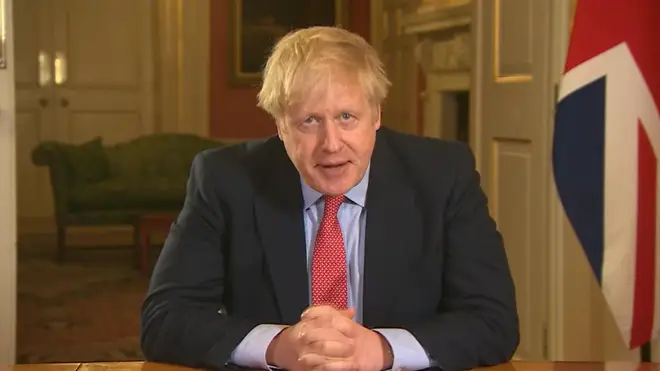
The UK has faced warnings it could become the new epicentre of the European outbreak of coronavirus, but how do we compare to other parts of the world?
On Friday, experts predicted the UK could become the worst hit area on the continent, with up to 40,000 deaths.
Just a month ago, WHO said the country would have "done well" if we only had 20,000 coronavirus deaths.
Brits have so far been in lockdown since 23 March, and it was confirmed by the government that the measures will be in place until, at least, 7 May.
But what is happening in other countries?
*All figures are correct as of 21 April 2020
The novel coronavirus - subsequently named Covid-19 - appeared in China at the end of 2019.
It wasn't until December 2019 that an outbreak was officially declared in Wuhan, and authorities reported it to the World Health Organisation (WHO) on 31 December.
The WHO recognised it as a worldwide pandemic on 11 March, and as of 21 April, there have been over 2.4 million confirmed cases and more than 170,000 deaths.
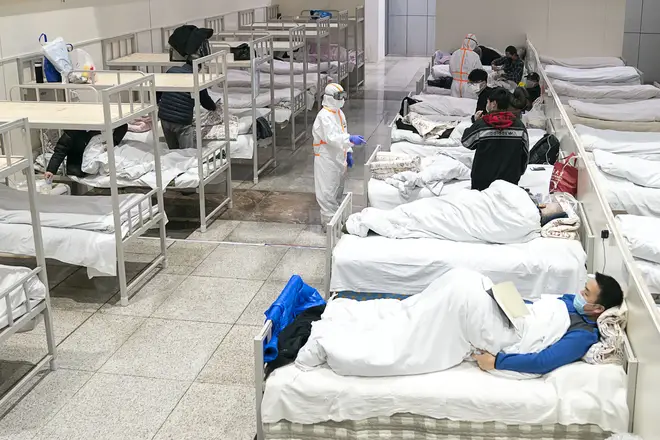
Confirmed cases: 83,849 Total deaths: 4,632
China has faced criticism for their handling of the virus, with some nations claiming they tried to hide what was happening for some time after their first cases.
It is currently believed the virus emerged from the so-called 'wet markets' in Wuhan, where people buy raw meat and live animals as food.
It was only on 8 January that a team of experts identified a new coronavirus was the cause of an explosion of new pneumonia cases.
Cases of coronavirus were confirmed in all provinces in mainland China by 29 January, although Wuhan remained the worst affected area.
Wuhan saw some of the strictest measures of lockdown imposed. Within hours of lockdown being announced, public transport was closed in and out of the city with no exceptions - not even for familial or medical emergencies.
Restrictions meant in some areas only one family member was allowed to leave every two days for essential supplies, and all shops except food and medicine supplies closed.
In other areas, nobody was permitted to leave, and food and essentials could only be ordered online and delivered by couriers.
Anyone who was ill was also forced into isolation, with health officials making door to door checks on many of the population. Some reports even claimed that coronavirus patients were welded into their own homes by authorities.
Since lockdown measures have begun to be restricted, Wuhan's wet market - which was forced to close during the height of the infections - has since re-opened, albeit with restrictions on slaughtering animals there and selling live ones for food.
Much of China has now begun to open back up, three months on from the outbreak, but many areas still rely on temperature testing as a way to control another one.
Wearing a mask in public is now mandatory, and anyone who does not comply should expect to be reprimanded by not only the police but also other local residents.
There is still a level of distrust in the figures the Chinese authorities have given, and on Friday the death toll in the city of Wuhan was revised, putting it 50 per cent higher than initially stated.
It has been increased by 1,290, making the new total figure 3,869.
However, China has strongly refuted any claims that it delayed reporting on the virus outbreak last year, or that underreporting led to a worsening impact worldwide.
The ruling Communist Party declared in May that the virus had been defeated as early as March and started reopening factories and offices even as the United States and Europe tightened lockdown measures.
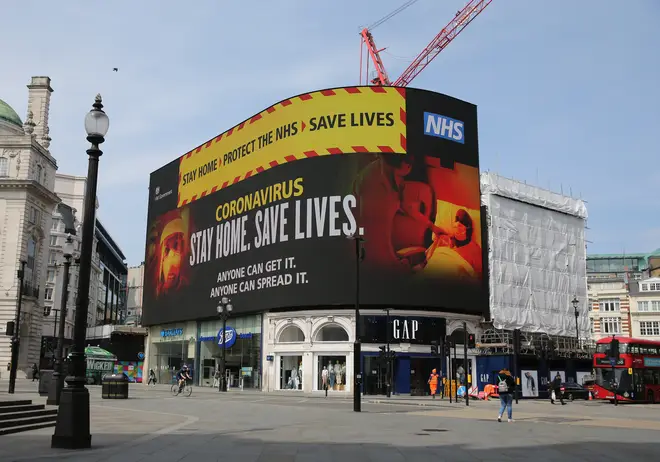
Confirmed cases: 124,743 Total deaths: 16,509
The UK is currently in the grip of the pandemic, and have so far seen 16,509 people die - giving it the fifth-highest death toll from coronavirus on the planet.
We had our first case confirmed 31 January, when two Chinese tourists tested positive in York. The first person-to-person transmission was then confirmed on 28 February.
But despite seeing what the infection was doing to other countries in Asia and Europe, it took 52 days for lockdown to be implemented after the first confirmed infection.
Countries such as Italy and France began reporting huge explosions of cases in late February, but despite these warnings, the advice from the British government was on the focus on washing our hands regularly for at least 20 seconds - the public were advised to sing happy birthday twice to gauge this time.
On 3 March, Prime Minister Boris Johnson seemed to have no fear of the virus and even boasted of shaking the hands of coronavirus patients during a hospital visit. But a little over three weeks later, Mr Johnson confirmed he had been diagnosed with the virus and was subsequently hospitalised for a week from 5 April - with three nights spent in intensive care.
The lockdown means people are required to stay in their homes unless going to work (only if they are unable to work from home), buying groceries, or getting exercise.
Those who break the rules can be fined £60, although this is reduced to £30 if paid within the first 14 days.
There have been some examples of fines being cancelled after it was revealed police had mistakenly fined the individuals involved.
Some have argued the rules set out have not been made clear by the government.
The UK has also embarked on a radical financial plan to help workers who would have otherwise been facing unemployment due to the pandemic.
Chancellor Rishi Sunak last month announced the government would pay 80 per cent of worker's wages, up to £2,500 a month.
In its first day on Monday, 140,000 businesses signed up to the Coronavirus Jobs Retention Scheme in a little over eight hours, meaning over one million workers will receive their money.
The government has also created a Vaccine Task Force, to work solely on finding a vaccine against Covid-19 to allow the population to get back to work and normal life as quickly as possible.
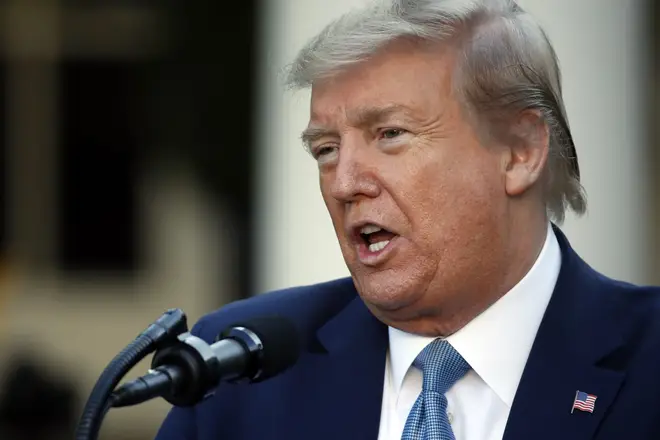
Confirmed cases: 797,742 Total deaths: 42,604
The first confirmed coronavirus case in the US was announced on 20 January in a man who had travelled to Washington from Wuhan after visiting family there.
The nation has since gone on to become the country with the highest number of cases and deaths.
President Donald Trump has been criticised for failing to grasp the severity of the situation.
Even as the death toll began to climb around the globe at the end of February, Trump declared the virus was "just like the flu" and even went as far to declare the news of outbreaks as a "Democrat hoax".
Each state went into lockdown on different days, with the first to do so being California on 19 March. As of 7 April, every state is under lockdown - marking 78 days since the first case.
But the President is keen to re-open the country, saying that a national economic shutdown "is not a sustainable solution."
Yesterday, he announced a three-point plan for "Opening Up America Again" as the country continues to battle coronavirus.
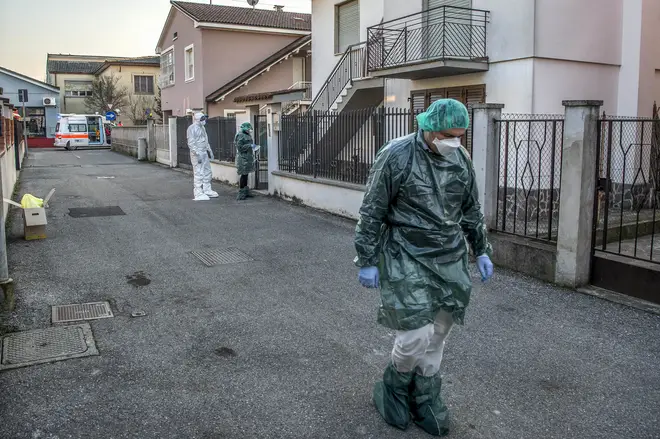
Confirmed cases: 181,228 Total deaths: 24,114
Italy went into full lockdown on 9 March - 38 days after the first case was confirmed.
Other parts of the nation had been restricted from movement from 22 February after clusters of infections in the Lombardy and Veneto regions were found.
The lockdown rules mean people are banned from travelling between municipalities other than for “non-deferrable and proven business or health reasons or other urgent matters”. People also need to complete a form to be allowed to travel declaring they are only leaving their home for work, health-related issues or to go to the supermarket.
People can be fined up to €3,000 for breaking lockdown rules.
Police have also been granted the authority to seize cars of people who are flouting the rules. If arrested and found guilty of breaking laws, citizens can be jailed for up to three months.

Confirmed cases: 156,493 Total deaths: 20,292
France recorded its first confirmed case of coronavirus on 24 January and experienced their first death on 14 February.
The nation was placed into strict lockdown on 16 March - 52 days after first discovering the virus was present.
Citizens are barred from leaving their homes for exercise more than 1km from their homes, and they must sign a form declaring their name, the date and a reason for leaving.
They are only permitted to leave their homes for essential work, groceries, health-related appointments and to assist family members if need be.
Like a number of other countries, including the UK, France has had difficulties with ensuring their health workers have enough Personal Protective Equipment (PPE).
French President Emmanuel Macron has even gone so far to admit the country "wasn't prepared" for the pandemic.
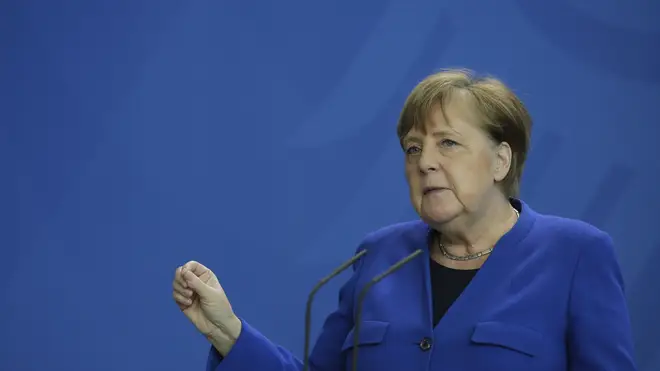
Confirmed cases: 147,065 Total deaths: 4,862
Germany has so far had one of the biggest successes in keeping the death toll low despite a spike in confirmed cases. The reason for this? Testing en masse.
The nation confirmed its first case on 25 February, in a man who had attended a carnival during the past 10 days, potentially infecting hundreds.
The nation embarked on a furious tracing campaign to track who may now be carrying the virus, and immediately tested everyone he was known to have come into contact with.
They also allowed private companies to begin testing, unlike the UK, and the early action in those tests are so-far thought to be one of the main reasons as to their success.
Now, it is not actually known exactly how many tests have been carried out -only positive ones are reported to authorities - although it is estimated to be around 500,000 each week.
At its peak, Germany saw 303 deaths in one day, compared with the UK's highest of 980.
Germany's citizens were put on lockdown in the early stages of the outbreak too, with gatherings of more than two people banned, non-essential shops forced to close, and people asked to follow strict social distancing measures.
But as of Monday, the country has tentatively started to lift some restrictions, with shops under 800 square metres being permitted to open, as long as social distancing rules are still followed.
The effect on the economy has already made itself known, however, with Germany officially going into recession last week.

Confirmed cases: 200,210 Total deaths: 20,852
Spain recorded its first case on 31 January in a German tourist who was on holiday in the Canary Islands.
Their first death was recorded on the 14 February.
It was announced on 14 March the nation was on lockdown - 43 days after their first case.
Life has tentatively begun to go back to normal in Spain, with non-essential workers who cannot work from home being allowed to return to work with strict hygiene measures in place.
The government says it is following World Health Organisation guidance and insists on counting only those who die having tested positive for the virus, whether or not they showed symptoms and no matter where they died.
The accounting system leaves out patients who died with symptoms but were not tested.
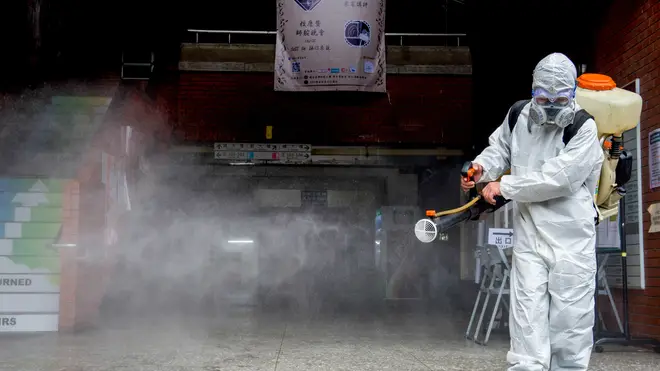
Confirmed cases: 422 Total deaths: 6
Taiwan, which has a population of over 28 million people, has had one been one of the most successful countries in dealing with the virus.
So far it has only had 422 confirmed cases and six deaths. 51,603 tests have been carried out.
The nation began employing screening measures on 31 December 2019 as soon as the first reports of the virus were issued by China.
And when the first case was confirmed on 21 January the Taiwan government issued a ban on face masks being exported out of the country for a month, which has now been extended to the end of June.
The masks have been rationed to three per week for adults and five for children.
The dean of National Taiwan University’s College of Public Health, also said that distrust of China's data made them act early thanks to their experience with the Sars epidemic in 2003.
Chan Chang-chuan said: "What we learned from Sars was that we need to be very sceptical with data from China.
"We learned very harsh lessons then and that experience is something other countries don’t have.”
The nation as a whole has not been put on lockdown, with residents mostly being able to carry on as normal. Offices are open, schools continue to operate, with the government clamping down on anyone who is symptomatic or confirmed to have the virus.
Taiwan has also had the added difficulty of being barred from membership of the WHO, as China claims Taiwan is part of their territory despite Taiwan having a democratically elected government.
Experts from Taiwan were however allowed to participate online in a WHO forum on Covid-19 on 12 February.
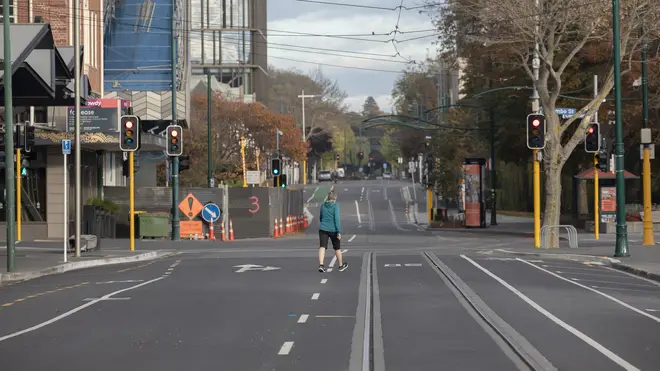
Confirmed cases: 1,445 Total deaths: 13
New Zealand is another country which has managed to keep the number of infections and deaths relatively low.
The island nation, which has a population of just under 5 million people, had its first case on 28 February but had watched what was happening in the rest of the world and set up a National Health Coordination Centre a month before this date.
New Zealand also immediately banned travellers coming into the country if they had been to China in the last 14 days.
On 25 March, the lockdown was brought into effect, with Jacinda Ardern saying people needed to stay in their "bubble" at home with other family members, and not to allow anyone else to breach that bubble.
Under those rules, activities such as swimming, surfing or boating were banned, and police have been warning people who are flouting those rules.

Confirmed cases: 10,683 Total deaths: 237
South Korea was able to tackle the virus without implementing a lockdown, thanks to their widespread testing.
Within a week of their first coronavirus case on 20 January, the government had ordered factories to begin making the test kits in huge numbers.
Within just two weeks, the nation was producing 100,000 kits each day,
Health authorities also embarked on an aggressive tracing regime, to ensure anyone who came into contact with an infected person was tested and if necessary, quarantined.